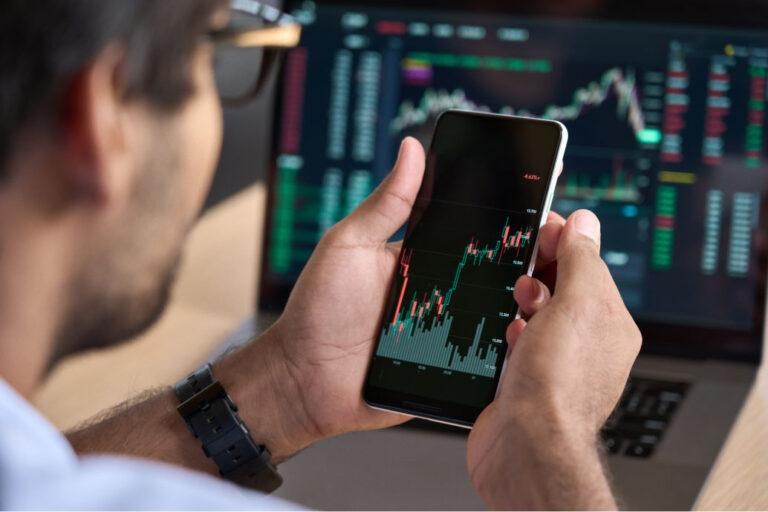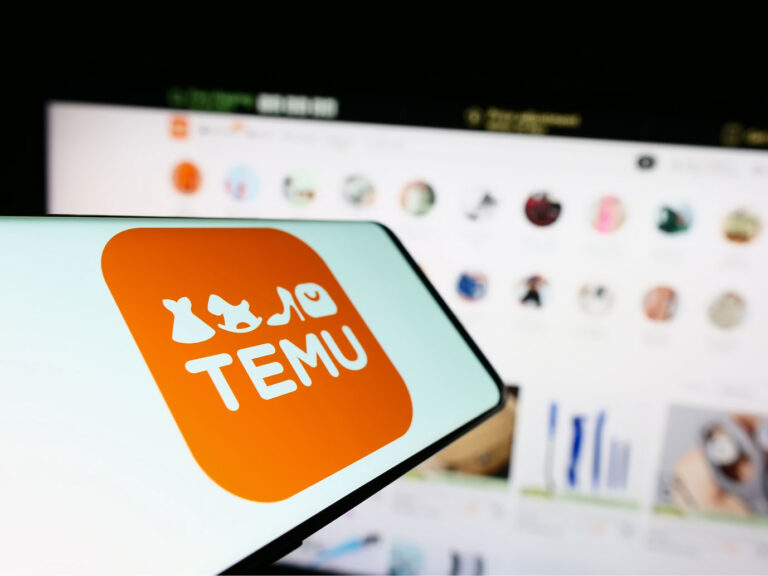O Atomic Group, hub de inovação e tecnologia que tem como meta faturar R$ 35 milhões em 2025, está apresentando ao mercado o modelo de ‘canal for equity’ da Atomic Ventures, uma das sete empresas que formam o grupo. O modelo traz diferenciais que colocam a Atomic Ventures como o futuro da aceleração de startups no Brasil.
A Atomic Ventures oferece aos empreendedores canais de venda para a ativação de seus produtos, na base de clientes ativos do grupo, sem custo. Atualmente, essa base conta com mais de 2,5 mil clientes, de múltiplas atividades econômicas. Oferece também mentoria estratégica para crescimento. O modelo transforma parte da receita em equity proporcional (participação em ações).
Desse modo, tem-se um modelo mais justo, conforme destaca o fundador e CEO do Atomic Group, Filipe Bento. Respeita-se também o tempo do fundador do empreendimento, em um processo constituído por duas grandes etapas: pré-aceleração, “um período inicial de mentoria estratégica e validação antes da assinatura da aceleração”, e o programa de aceleração propriamente dito.
A fase de pré-aceleração abrange due diligence simplificada, com análise jurídica e financeira inicial; termo de preferência de investimento e/ou aquisição enquanto a startup está incubada; e mentoria com especialistas, com avaliação de pontos-chave, como modelo de negócio, escalabilidade, tração inicial e estrutura societária.
Já a aceleração envolve etapa jurídica (formalização dos termos do investimento, incluindo equity e objetivos estratégicos); e as entregas da Atomic Ventures. São elas: o capital inicial para conexão com o marketplace Bitrix; rede de mentores e especialistas em produto, marketing, vendas e finanças; e conexões com investidores para as rodadas futuras.
“Transformamos fundadores em líderes de negócios escaláveis e lucrativos, para serem os donos do próprio destino”, sublinha Bento.
O executivo assinala ainda que o modelo da Atomic Ventures integra um ecossistema de inovação e tecnologia constituído pelas demais empresas do Atomic Group – Br24 (representante da plataforma internacional Bitrix), Atomic Apps, Atomic Education, Atomic Partners, Atomic Capital e Atomic Data.
Desse ecossistema, Bento cita dois ‘cases’ que ilustram seu potencial. Um deles é o do PowerZap WhatsApp API for Bitrix24, que integra a comunicação com o cliente no WhatsApp dentro do Bitrix24.CRM. Em dois anos, a receita mensal dessa solução cresceu mais de seis vezes: passou de R$ 71 mil em julho de 2022 para R$ 468 mil em julho de 2024.
Outro ‘case’ é o do PowerBot da Br24, chatbot criado no sistema Bitrix24. Ele permite implementar soluções poderosas de forma ágil. Nos quatro primeiros meses de implantação da solução, o número de clientes saltou sete vezes (28 em setembro de 2024, 144 em dezembro), com o mesmo crescimento da receita (de R$ 7 mil para R$ 50 mil mensais).
“Empresas que têm fit com o modelo da Atomic Ventures obtêm investimentos bem estruturados, soluções centradas em tecnologia, não em serviços manuais; MRR [receita recorrente mensal] comprovado, potencial financeiro e produto validado”, ressalta o CEO do Atomic Group.











